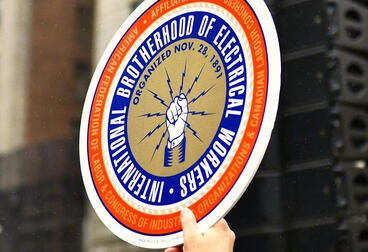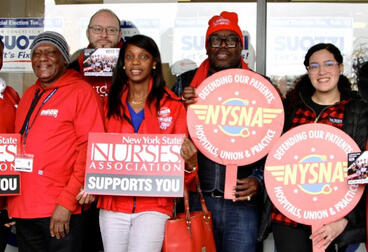We start the new year with a new furlough period effective today, January 4. Letters were sent announcing that the unemployment rate exceeded 15%, therefore the plan would require a 10-week furlough and the hiring of furlough replacements at 15% of the furlough-eligible journeypersons. The full plan is on the JIB website.
The COVID-19 pandemic brought unprecedented unemployment in 2020 as all but essential construction shut down for a significant period of time. The shutdown required the parties to the agreement to modify the plan as we have done many times when something unexpected happens, by agreeing to temporary layoffs. Nearly 3,800 ‘A’ division members were on temp layoff and most were recalled and went back to their employer when we ended the temp layoffs on September 14, 2020. The effect of the extended unemployment on the plan due to the shutdowns is that many would have no furlough obligation for this period, leading to a reduced amount of furlough replacements to be hired.
Therefore, we have made an amendment to the plan that affects journeypersons who were temporarily laid off and rehired by the employer that gave them the temp layoff. Their unemployment time that exceeded their 2020 furlough obligation will not count toward their 2021 furlough obligation, meaning most will be subject to the full 10 weeks in this period. Increasing the amount of furlough-eligible members in 2021 should increase the number of furlough replacements to almost 1,100 hires. This will help many who have been unemployed get back on their feet and kick back in their medical coverage. Even if the parties did not amend the plan in this way, most members who were recalled from temp layoff, by remaining employed for at least 9 months consecutively since recall would be subject to 5 weeks furlough in the second hiring period starting in July 2021 regardless. There is no change for those who were permanently unemployed in 2020, so if their unemployment weeks exceeded their furlough obligation, those weeks will offset this year’s requirement.
As I have explained in the past, the Work Sharing Plan is a living document and when we hit a snag, we address the shortcoming to do what is in the best interest of all. Let’s pray that the work opportunity increases in 2021 as America recovers from the devastation that was inflicted on all of us by COVID-19.


